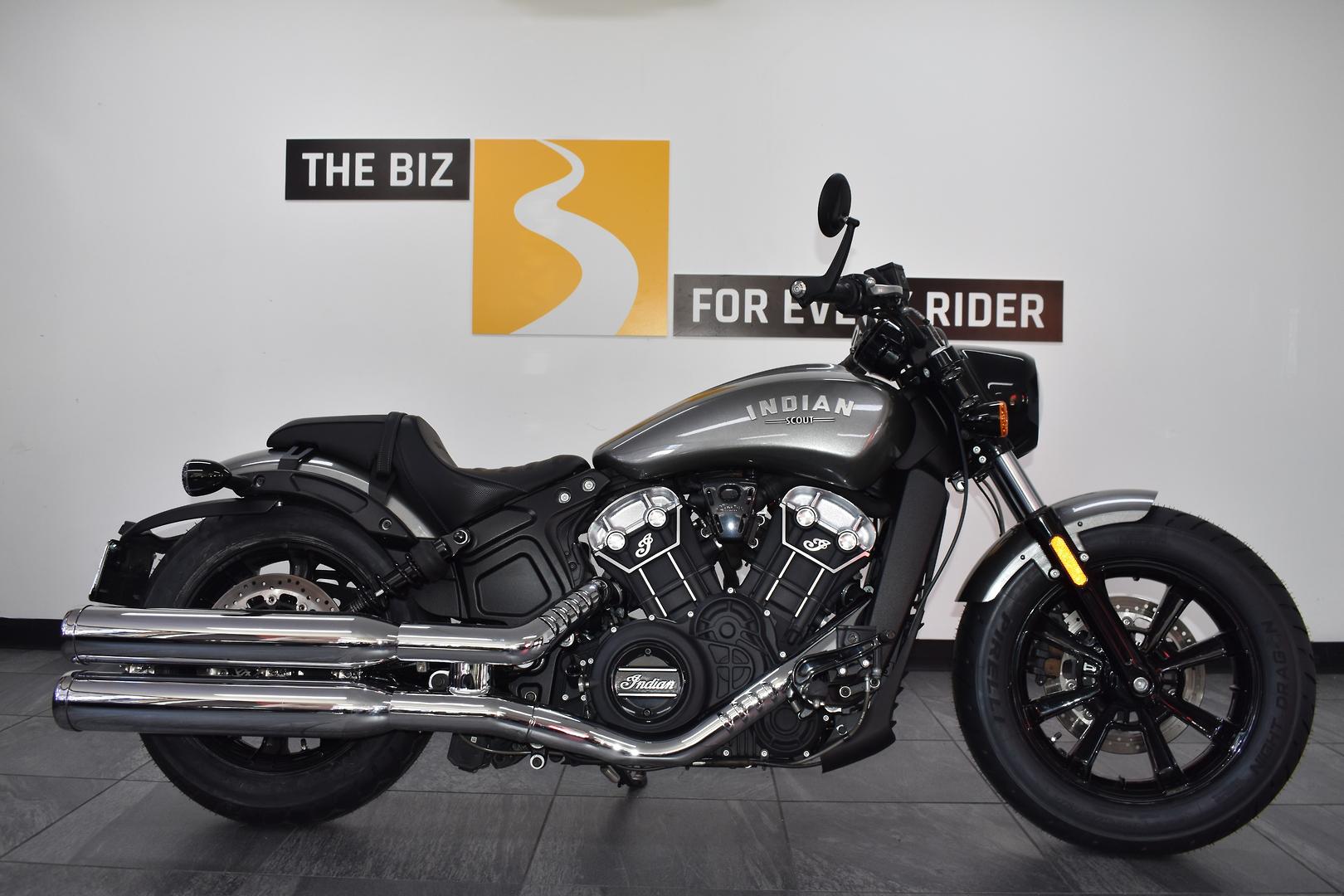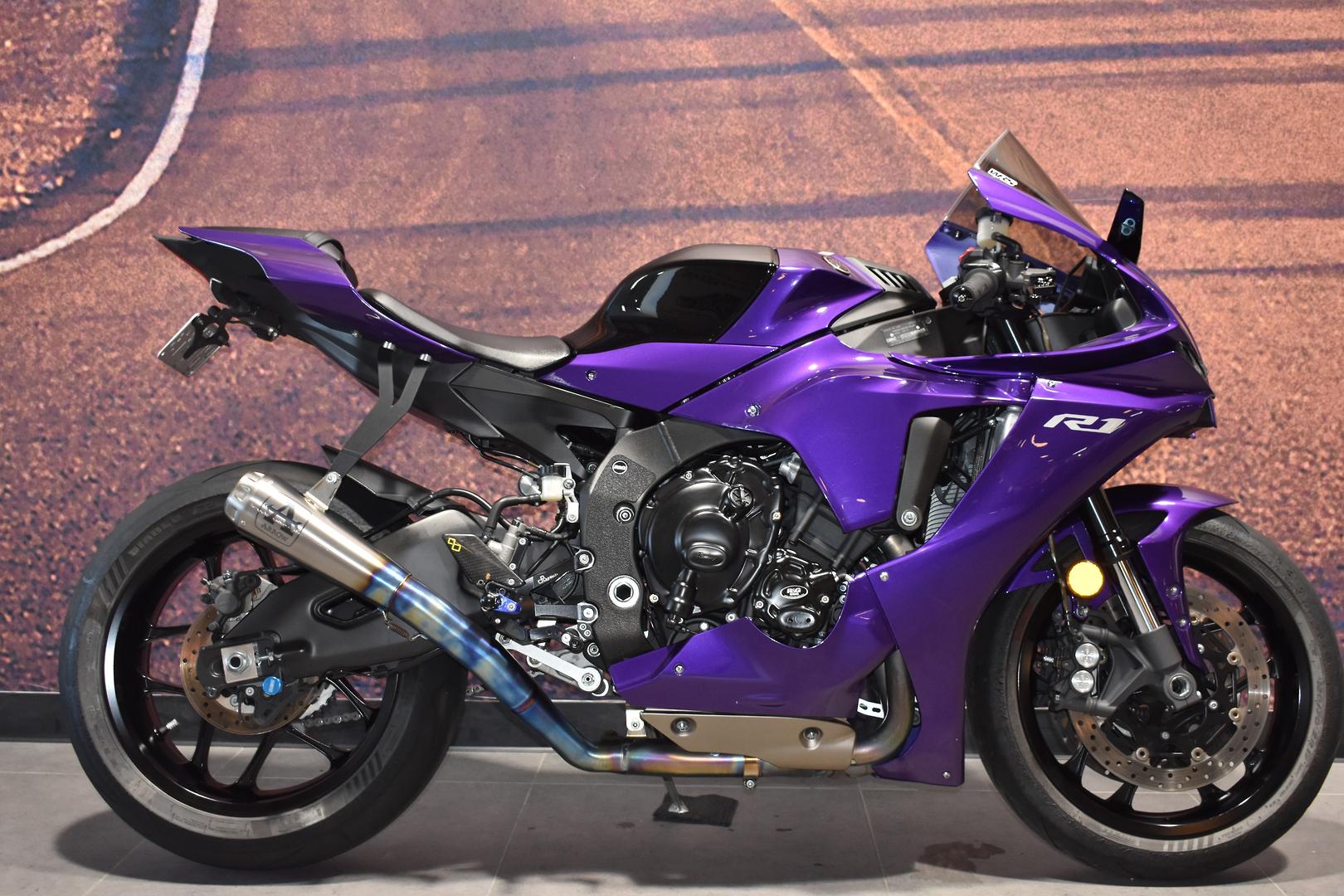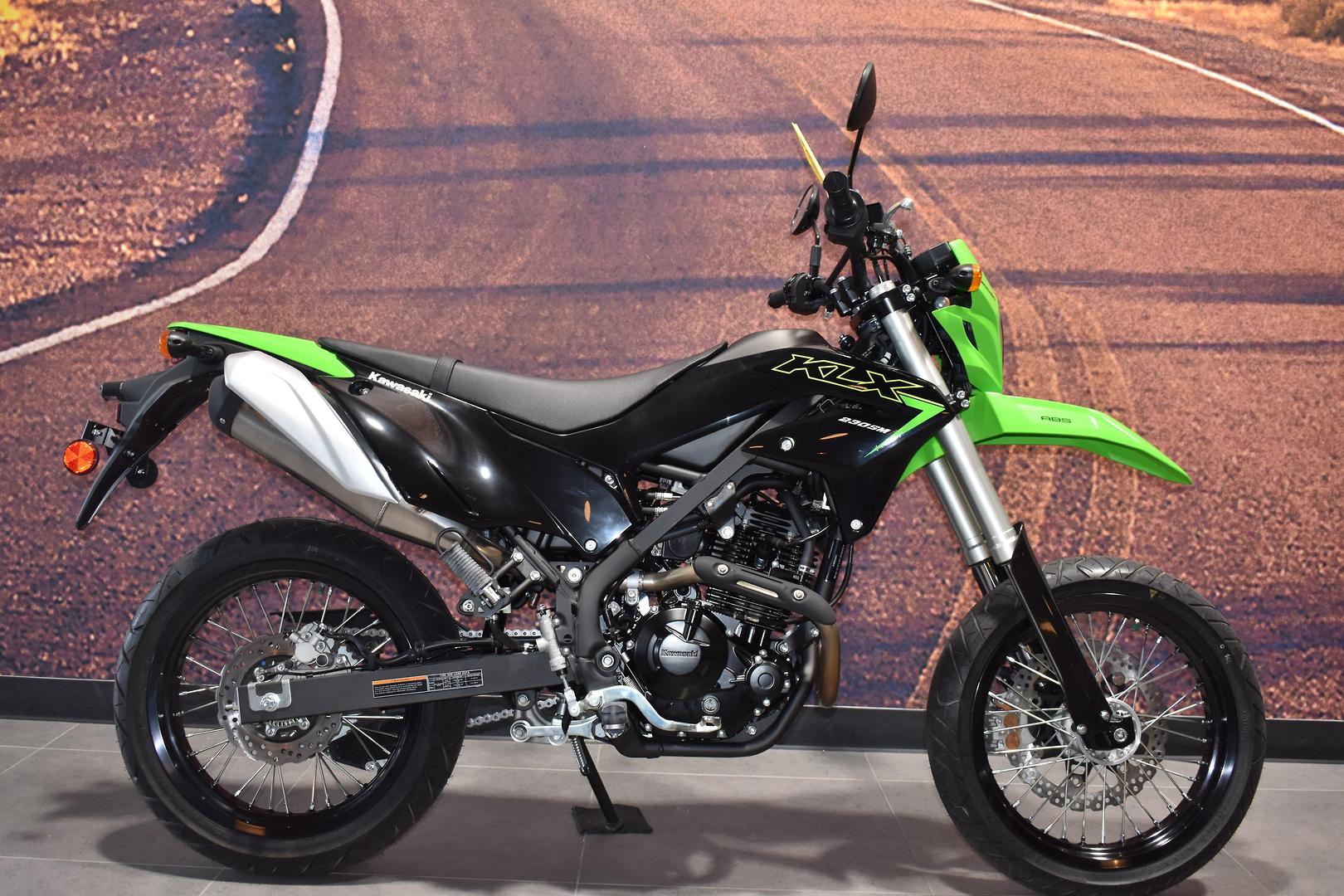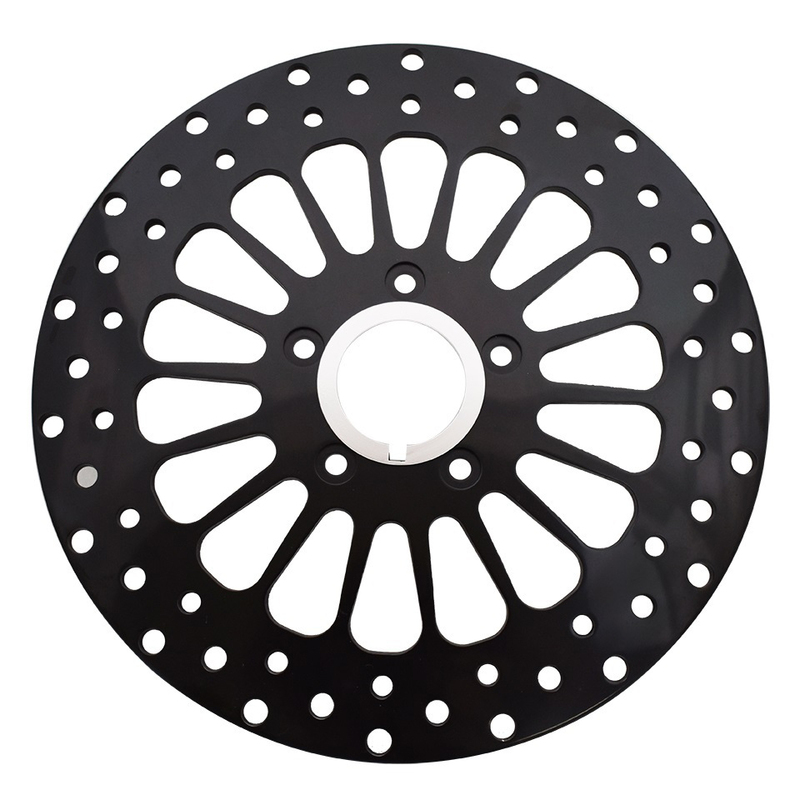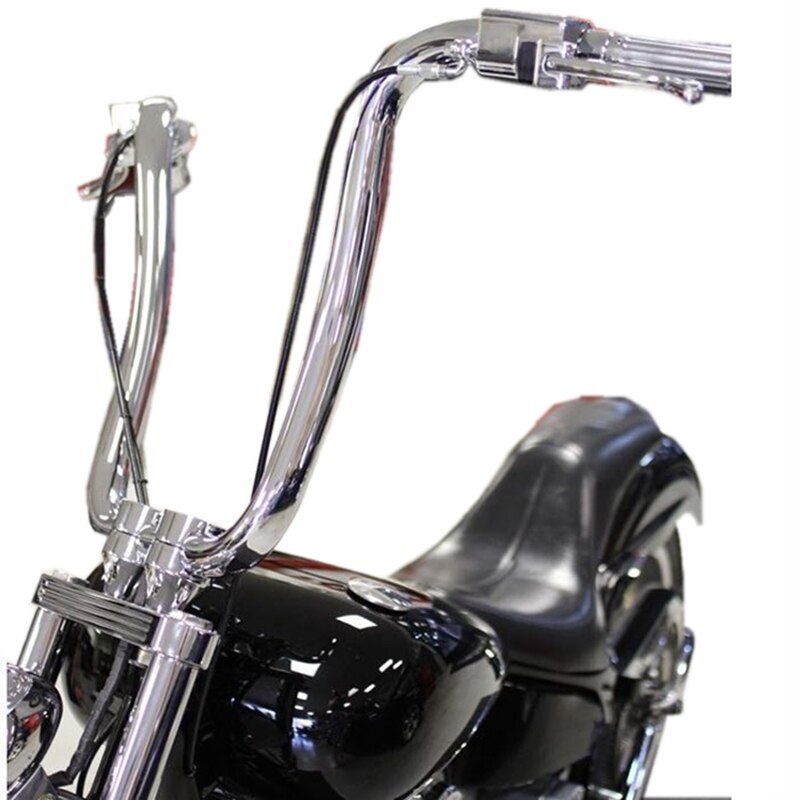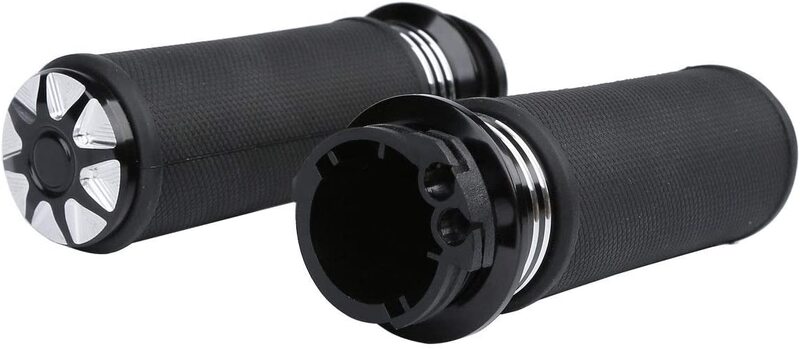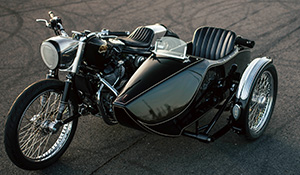Stay Upright - "I could have stopped if only I had more time"
The aim is to allow plenty of time to deal with hazards in an unhurried manner. Safe speed and adequate space mean riders have time to think, decide on the correct action and safely execute the decision. It is generally accepted that three seconds is the minimum amount of time the average rider will need to avoid crashing. The earlier the hazard is anticipated or seen and acted on, the better the outcome. The three seconds is made up of two elements of time - Reaction time and Braking time.
Braking Time is pretty easy to understand being the number of seconds needed to stop under brakes. Maximum braking effect is not achieved immediately, so by definition braking time commences only when the brakes are fully applied. After maximum braking is achieved, braking time then depends on physical factors like initial speed, mass, gravity and friction and of course the rider's technique. While braking time and distance obviously increase as speed increases, at 'around town' speeds where a quick stop is more likely, 1.5 seconds is a reasonable estimate of braking time for an average rider on a hard dry level surface stopping.
So if 1.5 of the 3 seconds goes into braking, how is the other 1.5 secs spent before the brakes are applied? This is Reaction time and is a bit more complicated. Before a rider can respond to a visual signal from a road hazard ahead, mental processing time is needed before a decision to act can be made. Using the example of a pedestrian stepping off the kerb ahead of our rider, the rider's mental processing time has four components:
- Sensation: this is the time it takes for the visual sensors to register the signal entering the rider's eyes. Our reaction time is faster for auditory signals than for visual ones, which is why we respond quicker to the sound of a car horn or a screech of tyres than we do to seeing the source of the sound- perhaps a good argument for leaving our iPods switched off when riding!
- Recognition: this is the time needed for our rider's brain to receive the signal from the eyes, search their memory and interpret and recognize the meaning of what has been seen. Only then does the rider recognize the shape. This recognition phase takes longer when the object is an unfamiliar shape, or is familiar but unexpected at that time or place.
- Situational awareness: having recognized the shape as a person, our rider now must interpret the scene to extract its full meaning and predict what will happen next. To become fully aware of the unfolding situation the rider must combine knowledge of the presence and proximity of the pedestrian with knowledge of their own speed, direction of travel, surface grip, oncoming and following vehicles, etc. Only after this phase is completed is the rider fully aware a collision will occur unless action is taken.
- Response selection and muscle programming: this is the time taken deciding which response to make if there are options then to mentally program the required muscle movements.
Only when mental processing is complete can physical action begin. Though the appropriate muscles have been instructed to act, it takes yet more time to execute instructions to throttle off and activate the brakes. This is muscle movement time and is subject to several factors. In general, complex movements take longer, but we can shorten muscle movement time. This is a very good reason to practice correct braking each and every time we slow, rather than using just engine and gears. High emotional arousal such as that created by an emergency speeds up muscle movements, but impairs fine detailed movement which can lead to the over-reaction of grabbing the brakes in fright. This is where ABS brakes help.
So half our required 3 second stopping distance is used up just reacting and getting the brakes on. While we can improve Braking Time by practicing our braking technique and keeping our brakes and tyres in good condition, there isn't much we can do to improve our Reaction Time other than to be aware of things that will increase it. Obvious things like drugs, alcohol, fatigue, boredom, etc will slow our reactions, but there are other less obvious factors.
Expectation level or how alert the rider is to the possibility of braking. Rider alertness to trouble can be divided into three classes:
- Expected: the rider is alert and aware of the strong possibility that braking could be necessary, eg. approaching a green light expecting it to change to red. This is the best reaction time possible with a best estimate of 0.7 second (0.5 sec recognition, 0.2 sec muscle movement).
- Unexpected: the rider detects a common road signal such as a brake light on the car immediately ahead. Reaction time is somewhat slower, about 1.2 seconds (1.0 sec recognition, 0.2 sec muscle movement)
- Surprise: the rider encounters a very unusual circumstance, such as the pedestrian stepping off the kerb or an oncoming car quickly turning into their path. Extra time is needed to interpret surprise events and decide how to respond. Best estimate is 1.5 seconds (1.2 sec recognition, 0.3 sec muscle movement)
Being Distracted - when other matters consume the rider's attention, reaction time is longer. Fixing our gaze on something rather than scanning the whole riding environment, thinking of things other than the riding environment, being angry or upset, riding in more mentally challenging situations (like heavy rain, at night or in heavy traffic or unfamiliar places) can affect reaction time.
Age - while we can't avoid aging, we should be aware a slowing in reaction time comes with age. Older riders of say 65 - 70 years can expect a slowing of about 0.3 second and a decline in motor skills. This group usually compensates by their greater experience (anticipation and natural caution) and their tendency to ride slower. Riders should also be aware of the increasing risks presented by the growing number of older drivers sharing our roads.
Visibility - Reaction times increase with poor visibility. Due to the limit of motorcycle headlights, not only does it take longer to see hazards at night than in daylight, but it takes more time to interpret what we are seeing.
Response Complexity - more complex or un-practiced muscular responses take longer to perform. For example, quickly swerving a motorcycle is more complex than front braking, which in turn is more complex than rear braking. Many riders, when faced with an emergency, take the least complex action, applying just the rear brake. A frightening number of riders rarely if ever use their front brake so in an emergency their habit of using only their rear brake will dictate how they respond.
Reaction Time and Braking Time combine to give total stopping distance. Let's assume our sleepy pedestrian steps off the kerb when the bike is 45m away and travelling at 65km/h. Our rider who has average braking skills and 1.5 sec reaction time sees the pedestrian immediately and should stop just short of the pedestrian. However if the scenario was replayed with a mere 5 km/h increase in initial speed or 0.5 sec increase in reaction time, the outcome would be entirely different with a likely impact speed of between 30 - 40km/h. Small increases in speed or reaction time mean significant differences in total braking distance.
Risks can be minimized by staying alert and concentrating 100%, anticipating problems before they happen, setting up our brakes just in case, riding at appropriate speeds, keeping enough space up ahead to stop if we have to, scanning at least 5 seconds ahead, checking our mirrors every 3 - 5 seconds and finally, regularly practicing our correct quick stop technique.
Until next month, Stay Upright in time. . .
Dave Gibson
Manager
ACT and Region
Stay Upright Motorcycle Techniques

